Destiny vs. The Division: Who is the real king of the online loot shooters?
First-person or third-person? Gritty realism or Technicolor space-opera? Tactical scope, or magical long-bow? Now that it’s out, it’s time to rake The Division over the comparison coals and finally work out this whole ‘Is it better than Destiny?’ thing once and for all. Because come on, Ubisoft. You put out an MMO shooter with a (nearly) single-word title beginning with ‘D’. You know you were asking for this.
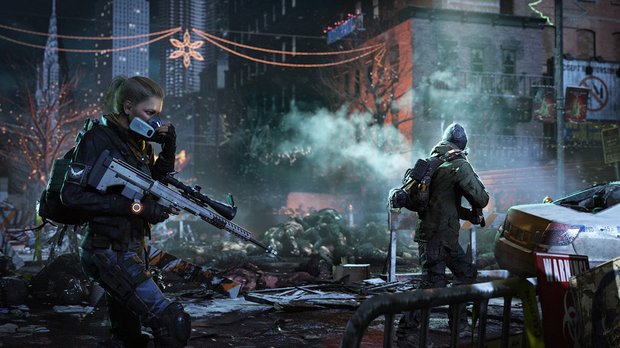
For the sake of fairness, I’ll be running both games through the same comparison criteria, covering all of the major design elements they share – so no stacking the odds by asking which game has better hellspawn moon-monsters. Where relevant, I’ll also reference the differing amounts of time both games have been out, and any of Destiny’s past transgressions that we’ve all conveniently forgotten about, having reached the promised land of Year Two. Sound good? Then let’s go.
Shooting fundamentals
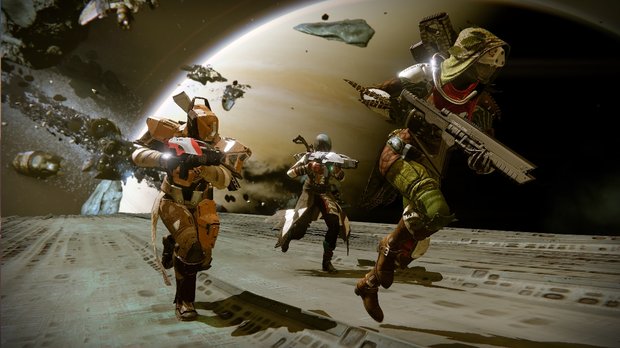
Destiny’s core shooting is unsurpassed. The product of 15 years’ experience in making console FPS feel just right, it’s tuned up to perfection. The weight, the momentum, the weapon feedback, the sheer, hefty smoothness of it all … whatever activity you’re partaking in, you can be sure that the moment to moment experience will feel great. That’s arguably how Destiny managed to keep such a loyal fanbase during its first, grind-heavy year, before the Taken King’s changes improved the overall game structure. The simple experience of playing it always took the edge off the slot-machine nature of hitting level cap.
And of course, Destiny’s core systems are malleable enough to support all manner of increasingly flamboyant weapon designs and action. Large-scale verticality and ludicrously cool guns that regularly do the impossible are no kind of a rarity.
The Division, however, is deliberately a much more grounded experience. A solid, altogether more real-world cover-shooter, it blends nicely rattley, modern military hardware with a pleasing sense of physicality in its player characters, and a satisfyingly gluey cover system. It’s much less ambitious in its scope though, which does ultimately lead to the action becoming rather samey after prolonged play, regardless of upgrades and perks. The underplayed combat does lend a paranoid intimacy to The Division’s face-offs, but it’s worth noting that the realism at times also leads to a disconnect in gameplay believability. The resilient, bullet-sponge enemies of the stat-driven RPG shooter are a lot easier to accept when alien technology and space-magic are involved. When you’re repeatedly shooting a human terrorist in the face with an assault rifle, things feel a little … off.
Mission design
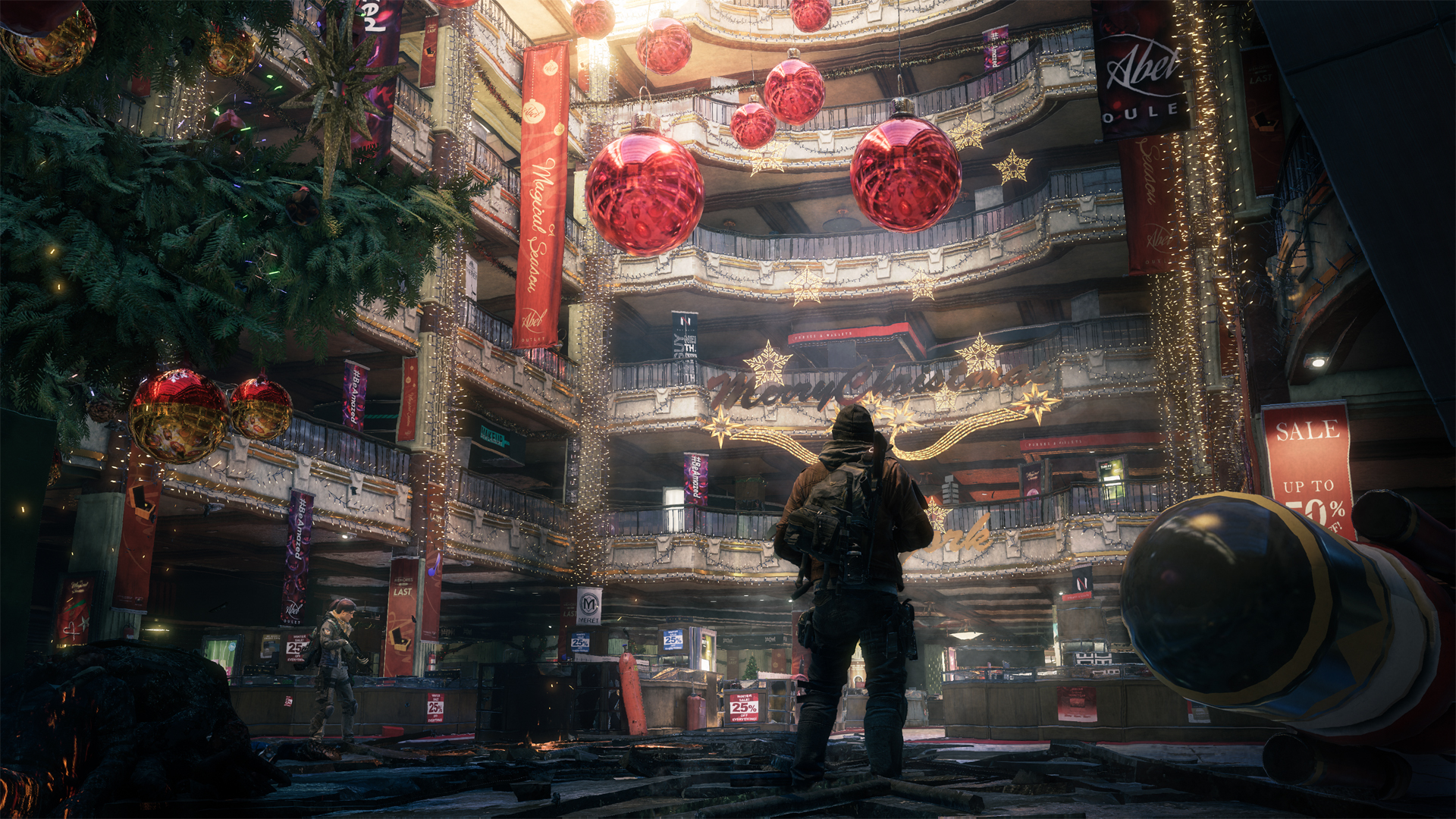
Neither game exactly excels in terms of ground-breaking level design – both contain a whole lot of ‘Go here, do this thing, get the other thing and kill the stuff’ – but each has selling points of its own. Where Destiny launched with a too-slim-for-comfort roster of missions, for instance, The Division is making no such mistake, setting its action on an Assassin’s Creed-scale map of New York absolutely teeming with things to do.
No only that, but there’s the immediate promise of involved discovery, by way of numerous locked doors, and lootable areas that require advanced contamination resistance to survive. It’s all very well thought out. Though the lack of variety in the enemy line-up does tend to become quite apparent when partaking in the game’s (often) 45-minute missions proper, the action is always fun, if not frequently spectacular or surprising.
Weekly digests, tales from the communities you love, and more
By contrast, Destiny is designed with 30 minute, drop-in, drop-out sessions very much in mind, all of its activities tuned to deliver tangible progress and fun within short bursts of gameplay. Such quick gains are possible in The Division, admittedly, but the game’s presentation doesn’t make them anything like as accessible as in Bungie’s more modular MMO. Destiny’s stand-out missions don’t really kick in until you hit the House of Wolves and Taken King content – Bungie’s Halo-era flair for pacing and variety makes an unmistakable resurgence at that point – but the vibrancy and flow of its environments and combat are engaging from the off. It’s just that things in Destiny are more compartmentalised, its various different flavours of event linked by menus and loading screens rather than any true overworld.
Story and world
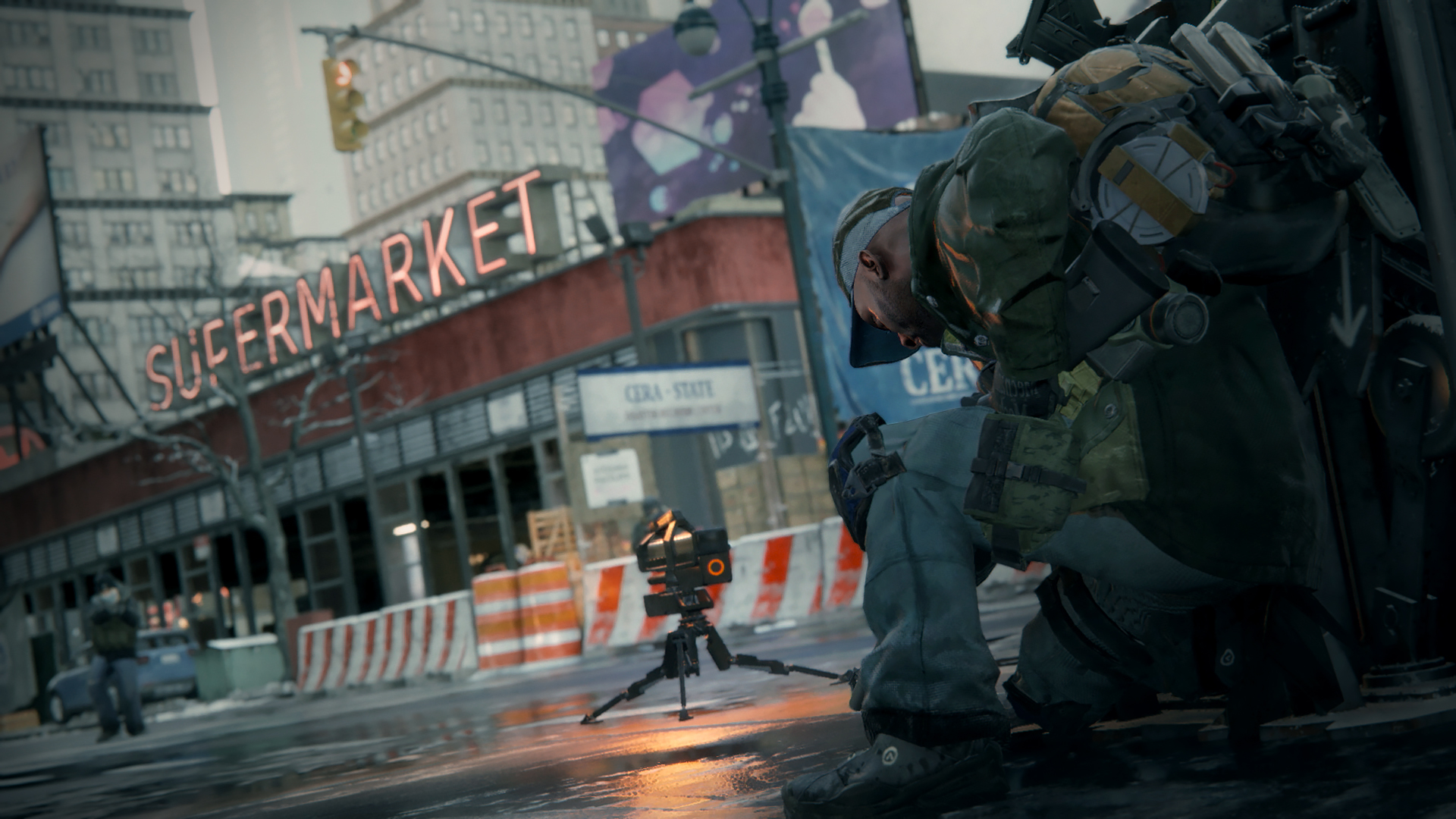
What The Division lacks in spectacle, is makes up for in layered grit and real-world fidelity. Its dystopian New York setting is beautifully rendered, in a run-down, grotty kind of way. Though, being resolutely realism focused, its snow-caked New York streets do have a tendency to blur into each other after a while. The setting is probably more exciting for those who have first-hand familiarity with the real city, but everyone else will likely crave more variety eventually.
The Division’s story comes packing all the complexity and weight that we’ve become accustomed to in Ubisoft’s modern Tom Clancy games. Its characters aren’t overly memorable, and largely assert their presence via radio chatter during missions, but there’s something undeniably engaging about its overall set-up. And there’s no questioning that its narrative is certainly more direct than Destiny’s often vague, broad-strokes space opera.
That said, there’s a lot to be said for Destiny’s approach too. Since The Taken King, its treatment of character has excelled – because if you have Nathan Fillion and Nolan North on the cast sheet, you don’t waste them. The personalities of, and relationships between, its NPCs have exploded with a real sense of humanity and fun. Its world is a theme park of endless, otherworldly beauty, with captivating visions and vistas waiting at every turn. It’s just that the narrative line through those wondrous environments still isn’t always as engaging as the places themselves.
Levelling and character progression
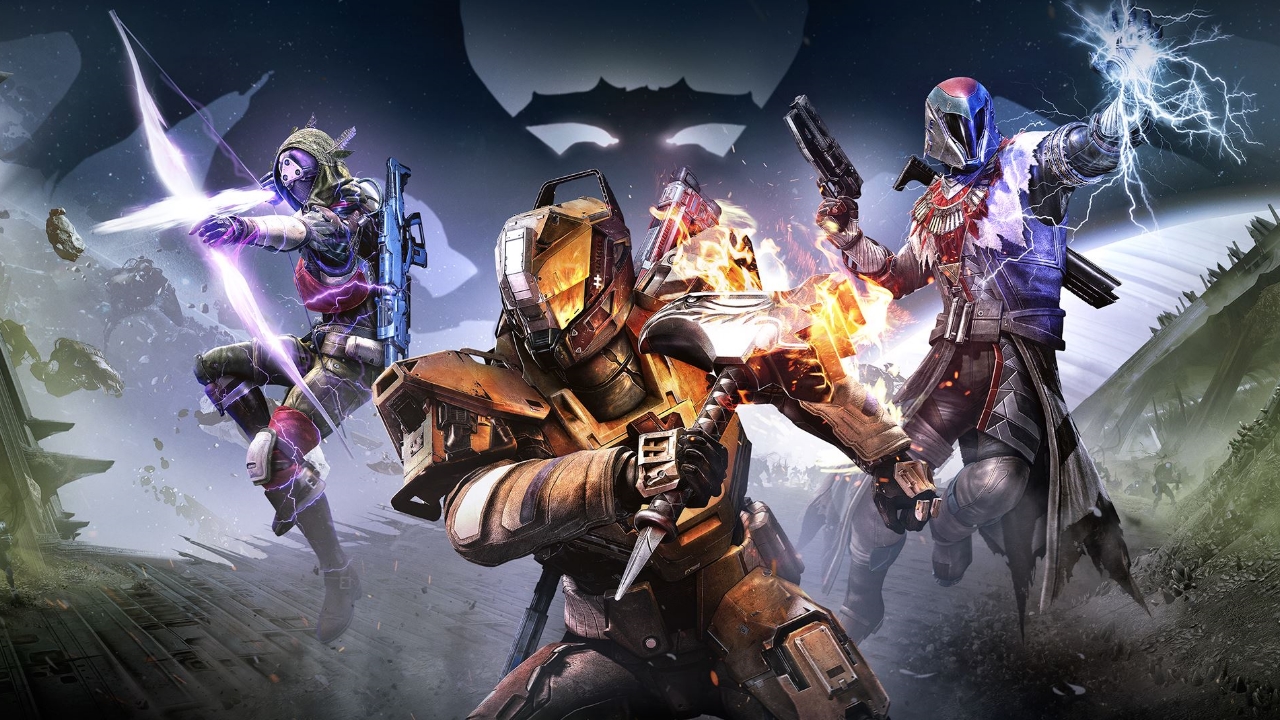
Continuing what’s becoming a theme now, the difference between the two games’ overall ‘career’ paths currently seems one of intricacy vs. immediacy. Destiny, on the one hand, has always been run with a philosophy of streamlining traditional MMO and RPG systems, stripping back character buffs to three main stats attached to armour, as well as a variety of weapon and armour-specific perks focused most clearly around Exotic gear.
There are some clever builds to be had if you really want to dig deep into resonant abilities – combine, for instance, the Warlock’s melee-powered overshield with the fast grenade cooldown of the Radiance Super and the melee-charging Monte Carlo rifle, and you have a formidable tank – but that granularity is there to be discovered by the more dedicated, not pushed up front by the game itself.
The Division presents a lot more options and a lot more stats. Between guns, attachments, clothing, perks, and abilities, there’s much more to manage, to the point that those not already versed in Destiny’s ways might have to negotiate somewhat of a learning curve at first. Crack it though, and there’s plenty to do. In particular, the facility to concentrate on levelling certain fields of abilities by focusing on specific, tailored questlines (want to boost your medical support skills? Then chase down the medical missions) is a very welcome addition. Long-term, the Division might reveal greater freedom of customisation than Destiny, but don’t be surprised if it takes a fair bit more work to harness.
And of course you’ll have to buy into a more grounded array of classes than ‘flying space wizard vs. flame-wielding astronaut Thor’.
PvP options
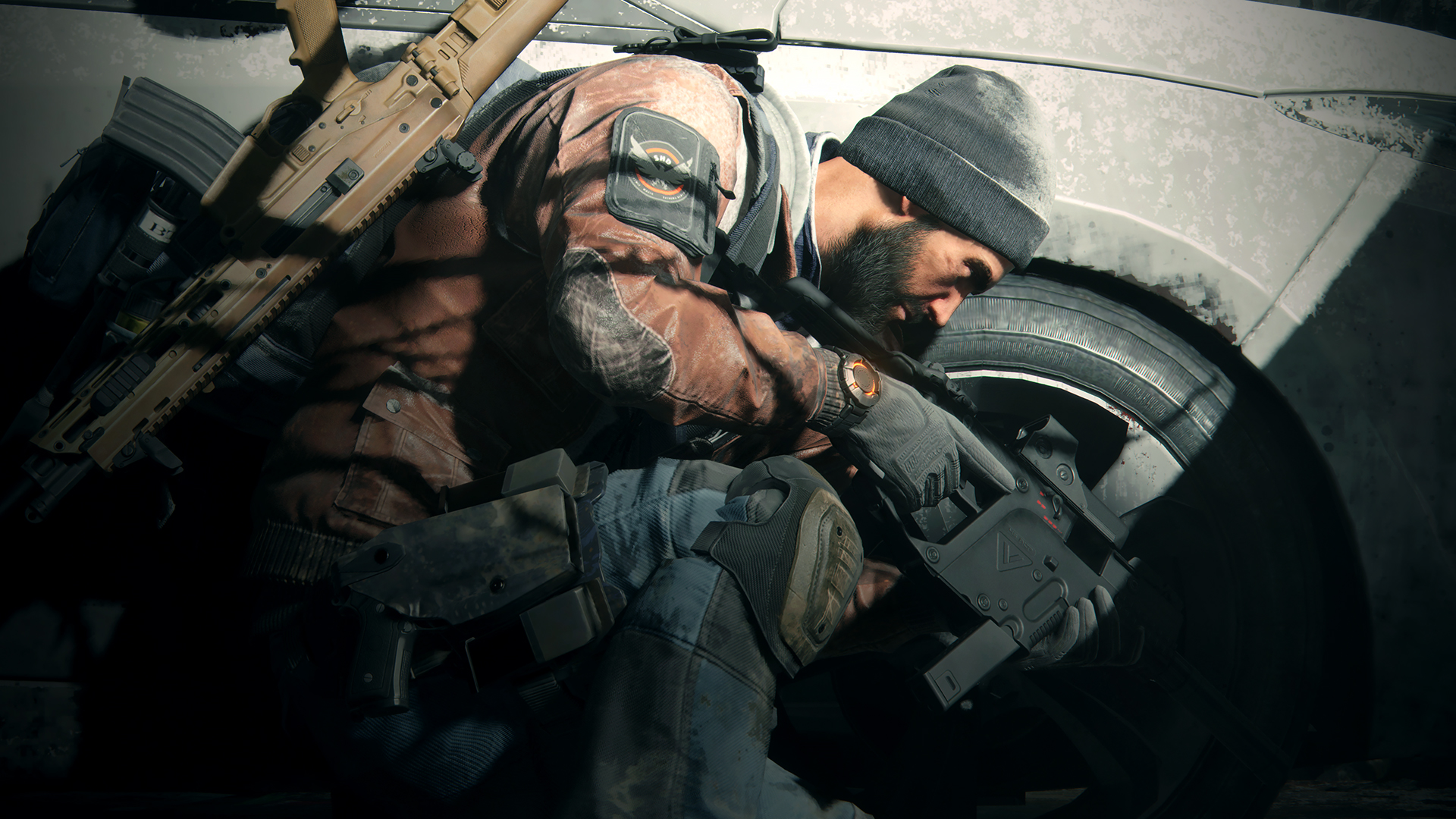
Here’s where the two games really differ. Destiny, you see, has an entire suite of traditional, arena-based FPS modes, covering the full and expected gamut of free-for-all, team, and objective-driven match types. The Division, on the other hand, currently has no traditional PvP play - though it may well be coming as an update later on - preferring at the moment to explore the paranoid villainy of its Dark Zone.
Ostensibly similar to the wider city at large, in truth the DZ is a haven of potential skulduggery and betrayal. A closed-off section of the map that players have to choose to enter, it contains AI enemies and high-value loot, but also allows players to ally with, or turn on, strangers at will. The most devilish part? Gear picked up in the Dark Zone can only be removed and secured via a highly visible airlift, meaning that any bid for escape and profit is immediately advertised to every burgeoning fiend in the area.
Throw in organised manhunts for heavy offenders, and the chance that any other player might just hold the special treasure key you so desperately need, and you have a constantly churning cauldron of distrust, malleable morality, and throat-tightening tension, that threatens to spill out into total carnage at any given moment.
Destiny lacks this kind of organic PvP environment, but at the same time, its multiplayer selection is one of the most fun, varied and vibrant in the modern FPS landscape. Playing out like a super-charged, more aggressive Halo, it’s an endless hoot, especially if you play with a mic’ed up, organised fireteam.
Online functionality
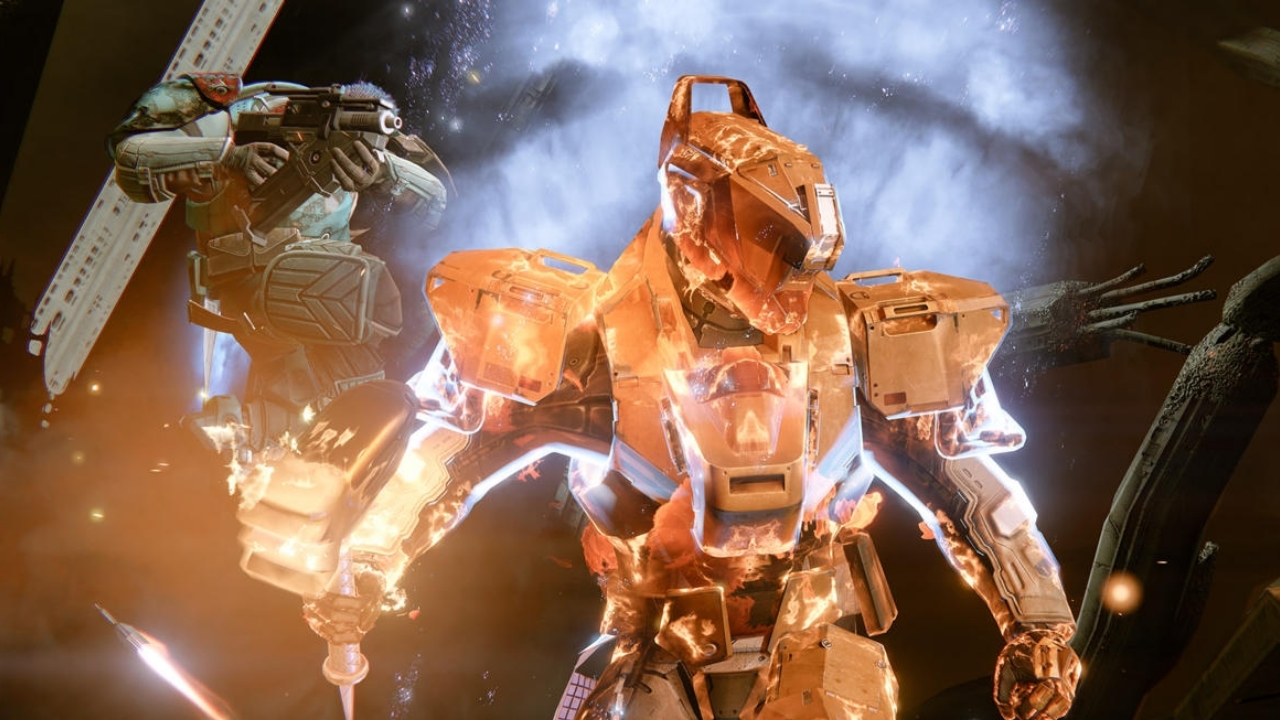
On the technical side of things, The Division has definitely had a better time of it than Destiny did during its early weeks, though there are still some notable issues going around. Most significantly, there’s the strange relationship between fireteam match-making and mission locations. The drop-in, drop-out ideal is a little shaky at the moment, players finding themselves unable to disband an ad hoc team without being warped back to a safehouse – potentially miles away – or even being thrown away from a mission area when trying to begin a co-op run near the start point. There’s also the Great Queuing Trauma, but current thinking says that that’s probably a bug rather than a design decision.
Destiny, at this point, is running like a mostly well-oiled machine. Some still cry out for across-the-board co-op matchmaking – Bungie continues to hold out on automated team-ups for Raids – but on the whole, there’s little of real weight to complain about.
So, what have we learned?

Basically – and disappointingly for those craving furious indignation – that both games are good for different reasons, and will probably best suit slightly different players. Of course, anyone who likes shooting and looting – and has a predilection for chronic levelling addiction – is going to get on just fine with either option, but if you like your gaming more grounded, cohesive, statistically involved, and altogether of a more brow-furrowingly serious persuasion, then The Division is probably for you.
Should you enjoy shooters more for the pure fun of their mechanics though, and not mind a little narrative roughness wrapped around a lot of highly varied, if segmented, bullet-joy, then Destiny has a hell of a party just ready and waiting for you.
And if both games appeal, and you can find enough time to sink into them in tandem, then they’ll probably work very well as complimentary experiences. But we don’t recommend such a feat, just as we do not accept responsibility for any exhaustion-related illness resulting from an attempt.



